Search
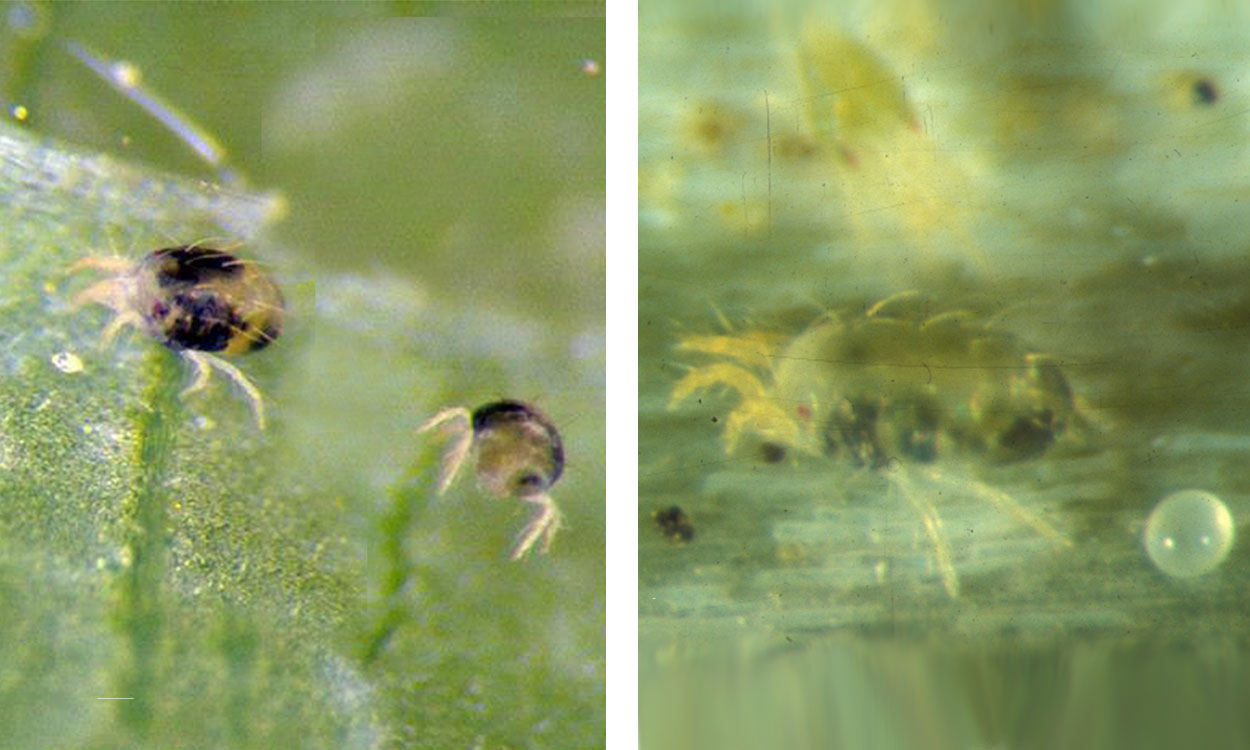
Spider Mites Reported in South Dakota Crops
With drought conditions continuing in South Dakota, it isn’t surprising that two-spotted spider mite infestations are being reported throughout the state. With hot temperatures in the forecast and limited chances for precipitation, we can expect spider mite populations to thrive in infested fields.
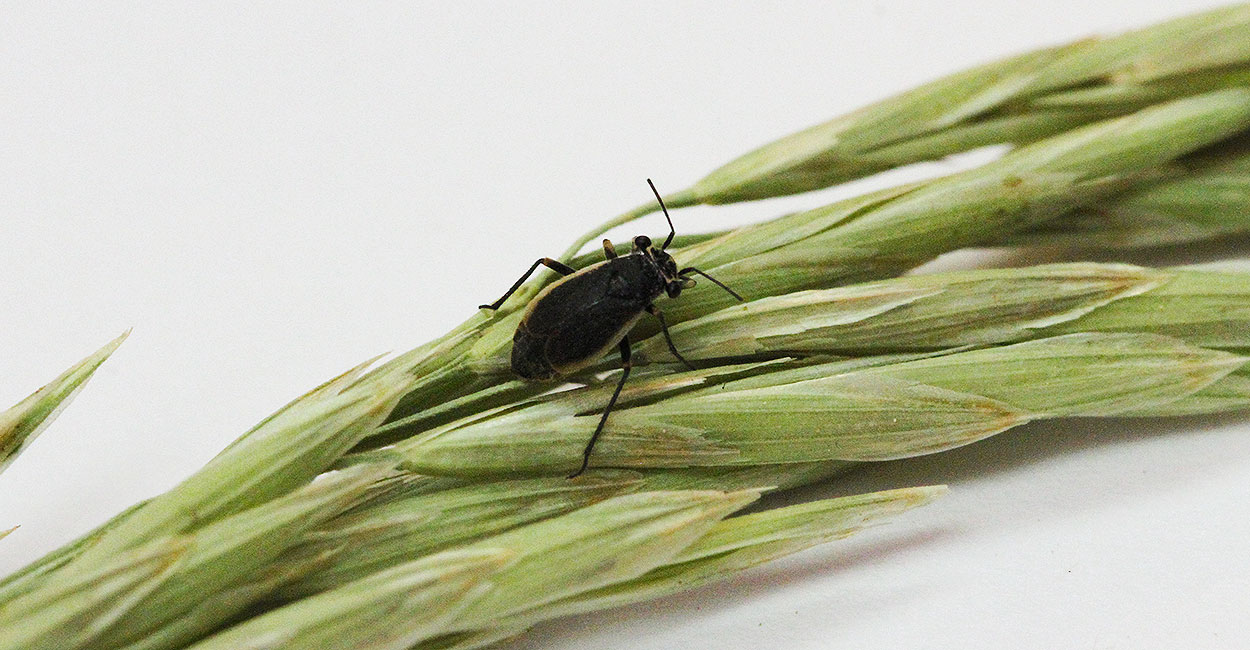
Black Grass Bugs May Cause Issues if Drought Persists
In western South Dakota, black grass bugs are a common spring forage pest that can cause considerable damage during periods of drought. Learn how to monitor and manage this pest to protect your forages this spring.
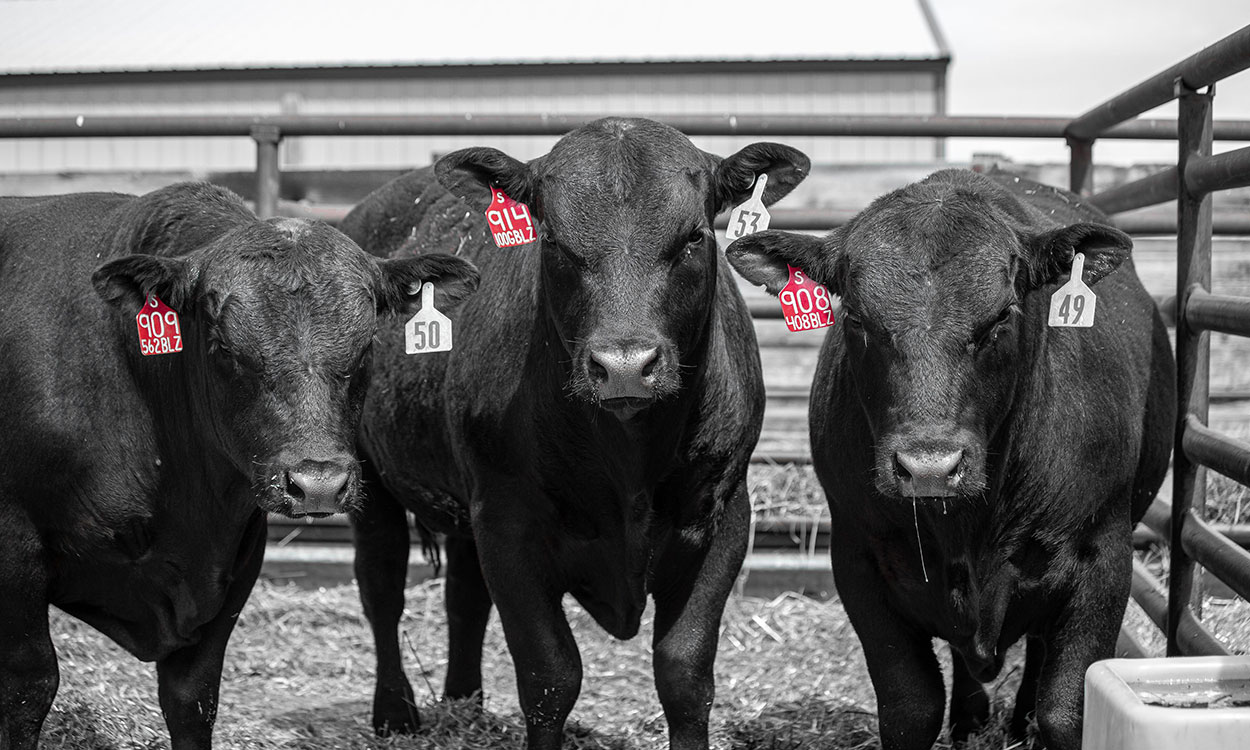
Buying Bulls With a Plan
Selecting new herd sires is an annual process for beef producers. Learn tips for selecting the correct herd sire for your operation that will progress your operation and improve your cattle.

McCrory Gardens Trial Report
Trial reports for McCrory Gardens
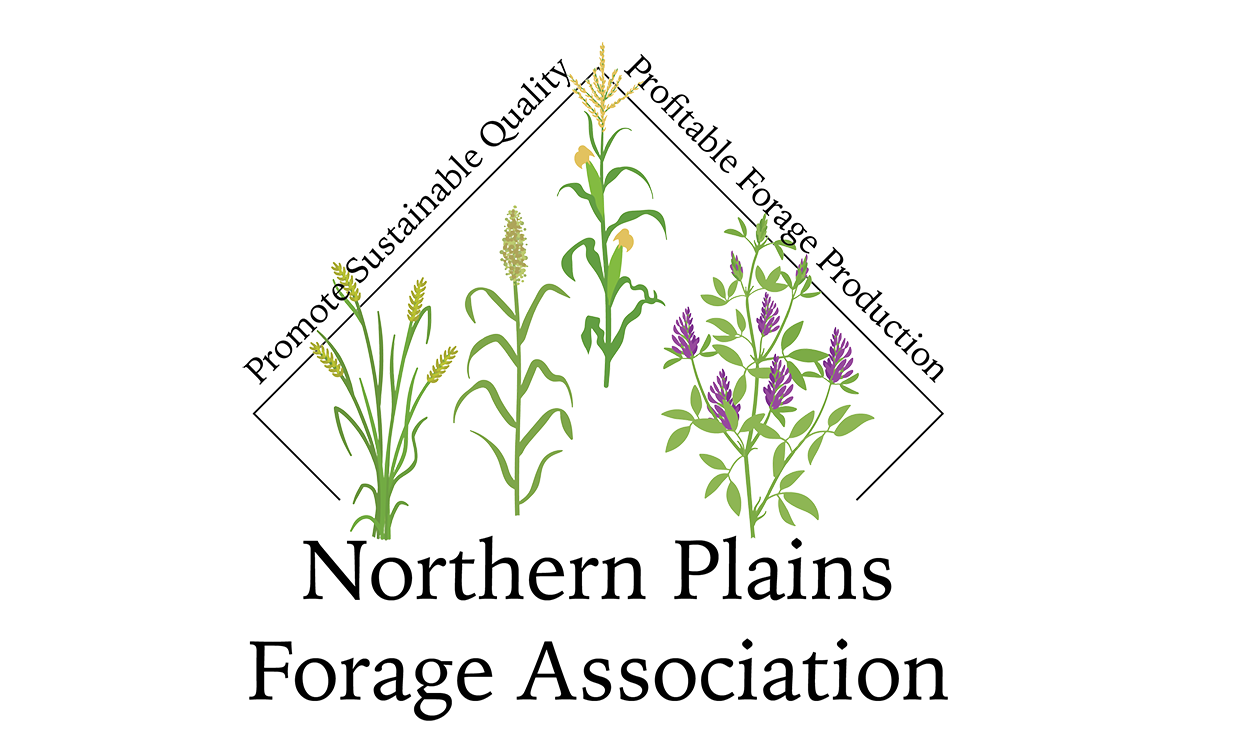
New Forage Association to Host Kick-Off Meeting in January
January 25, 2023
South Dakota State University Extension is proud to announce that the newly formed Northern Plains Forage Association will hold its first formal meeting this month during the Sioux Falls Farm Show.
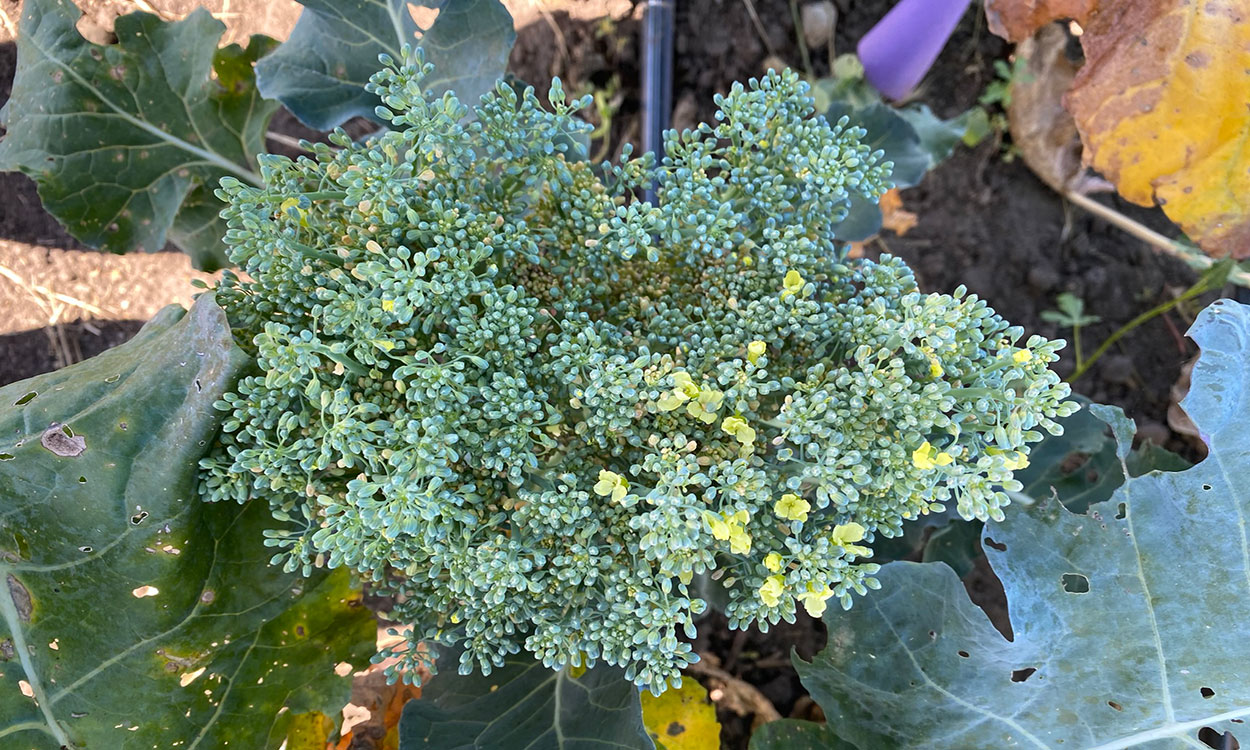
2023 Evaluation of Newly Established Clover Cover Crops as a Living Mulch for Sustainable Broccoli Production in Eastern South Dakota
Research report on observing the performance of three different clover species used in a broccoli production system.
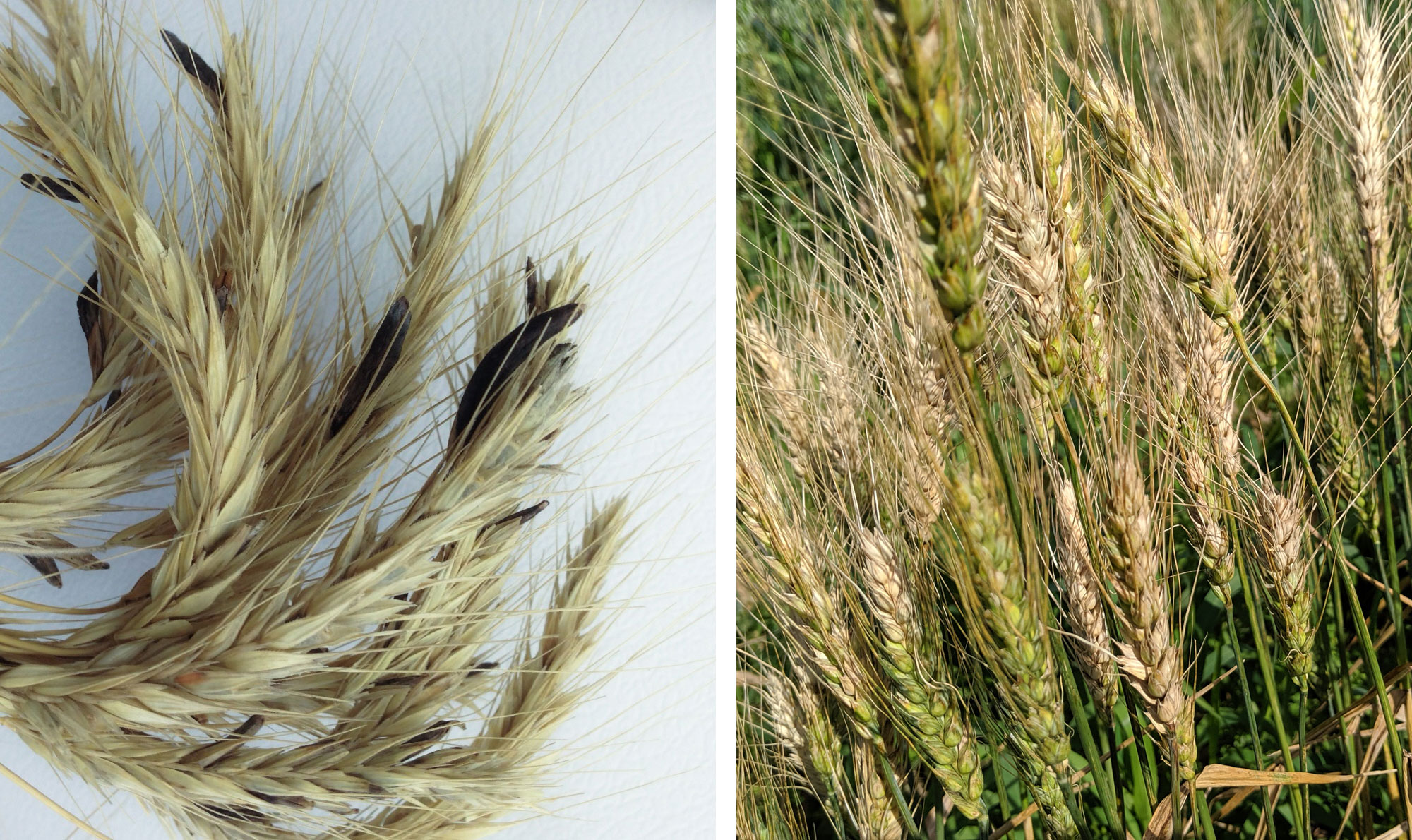
Assess Your Fields for Ergot and Fusarium Head Blight Before Harvest
The 2019 wheat harvest is well underway in South Dakota, with many acres of winter and much of the spring wheat crop left to harvest. To date, reports on yield and quality have been variable, depending on when the crop was seeded, weather conditions at important growth stages (such as flowering and grain fill) and disease pressure throughout the season.
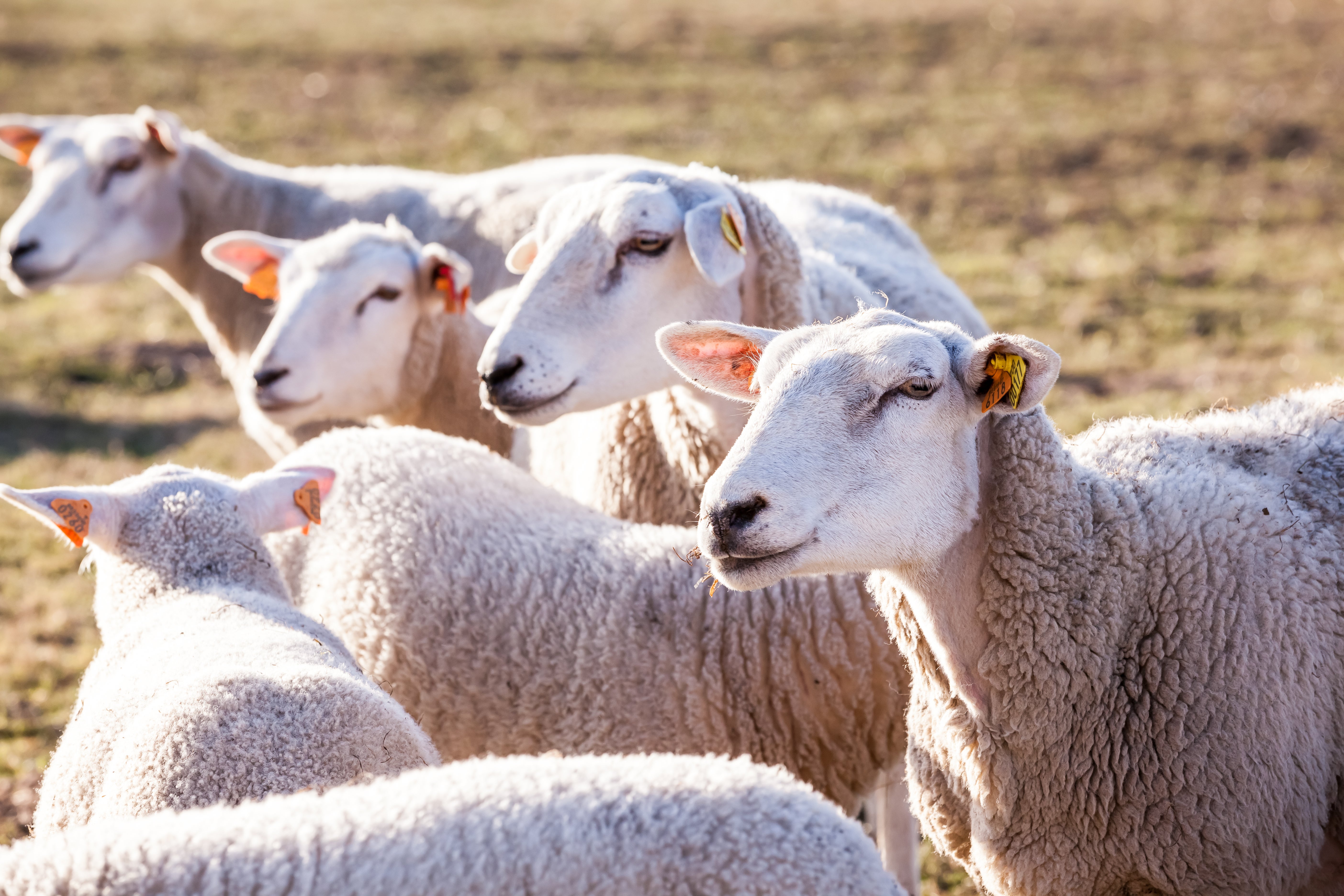
National Sheep Improvement Program: Performance-based data you can rely on
Sheep producers continually look for opportunities to improve their flocks through the introduction of genetic traits that will contribute to both improve the performance and physical appearance of the offspring. For hundreds of years, producers used the phenotype or physical appearance traits to select replacement stock, followed by performance trials and wool testing to quantitatively define the traits a specific animal may possess.
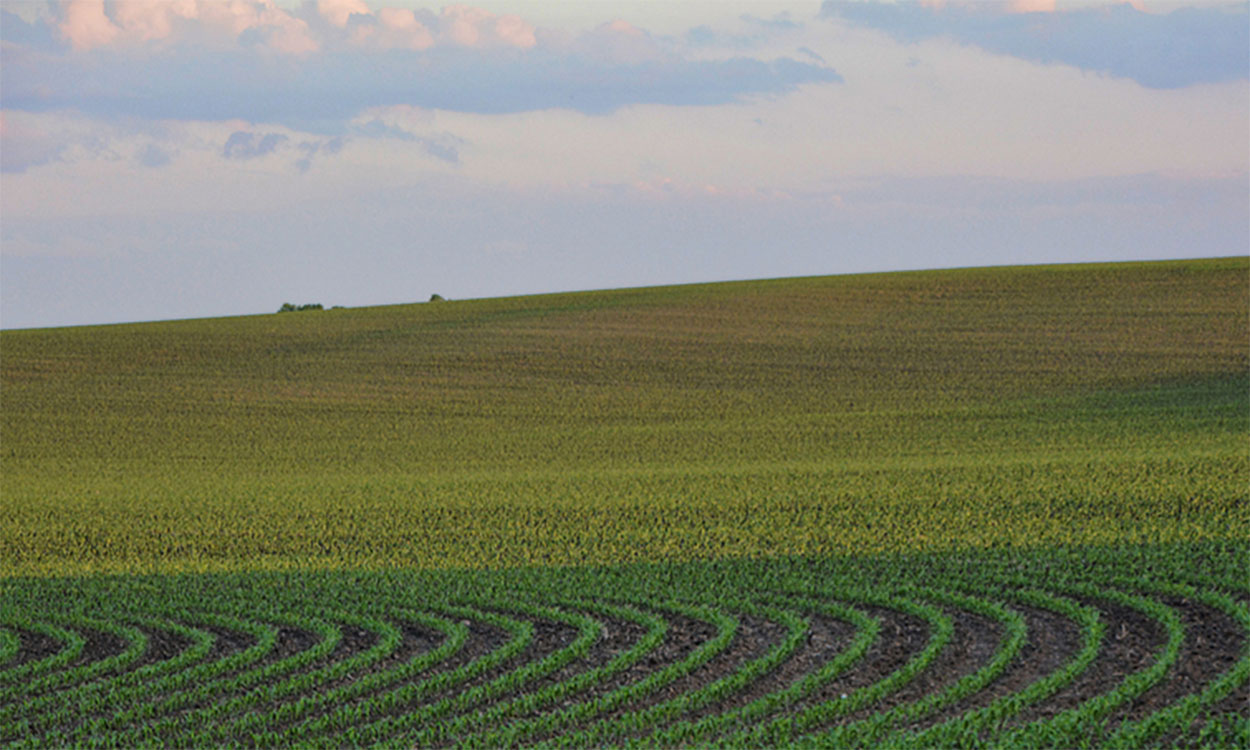
Conventional Soybean Weed Management
Compared to GMO soybean varieties, weed management in conventional soybean is more difficult and requires more planning to be successful. Learn some expert tips for getting conventional soybeans off to a great start.

White Mold and Sudden Death Syndrome Starting to Develop
White mold and sudden death syndrome are starting to develop in a number of soybean fields. These two diseases develop starting at the soybean flowering growth stage and can occur throughout the rest of the soybean growing season.